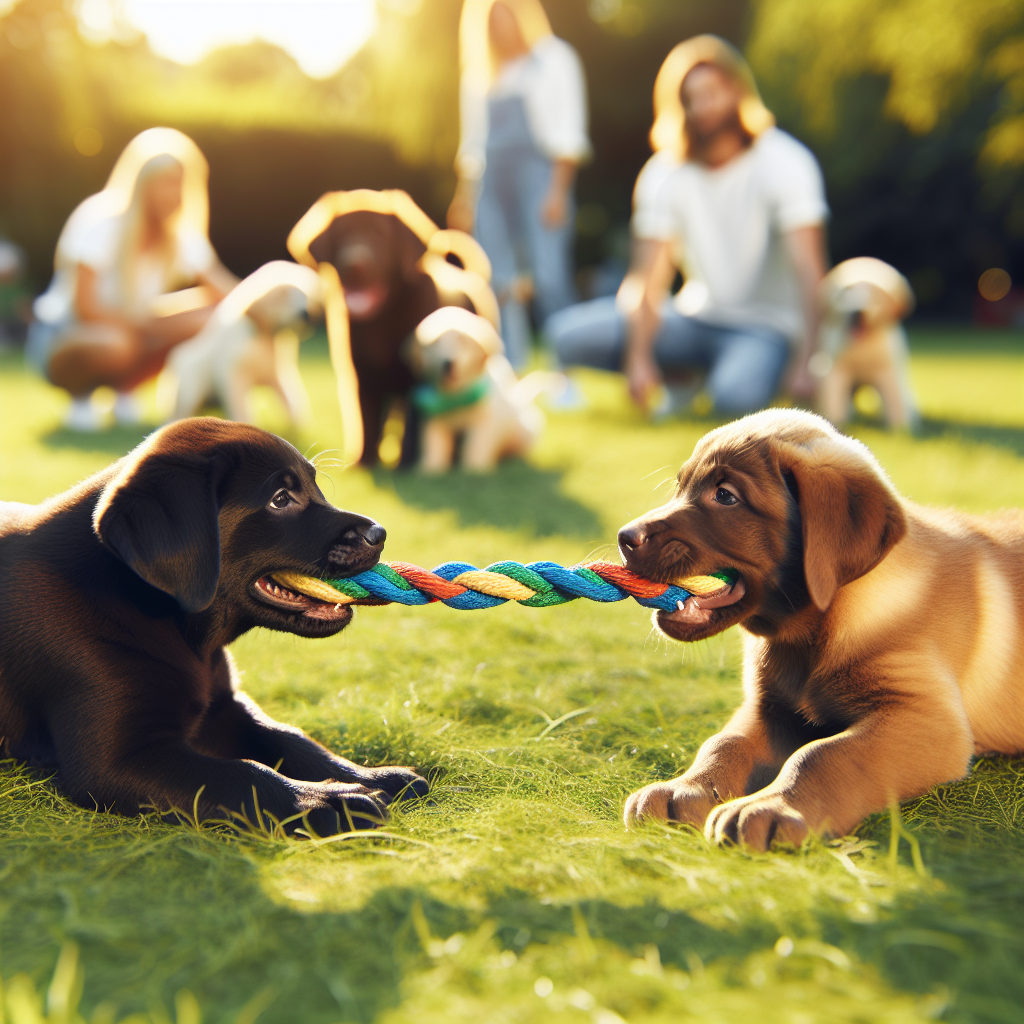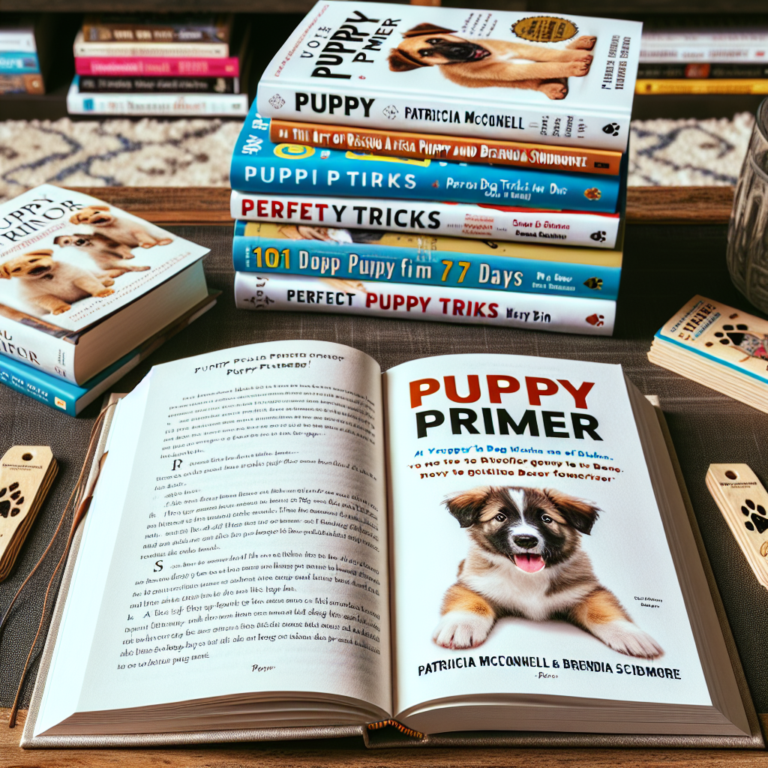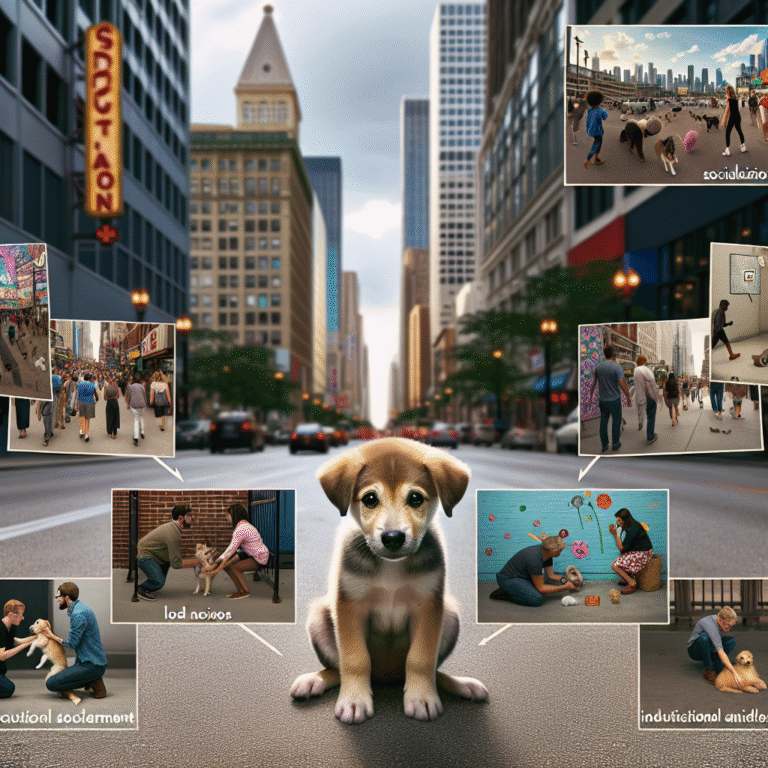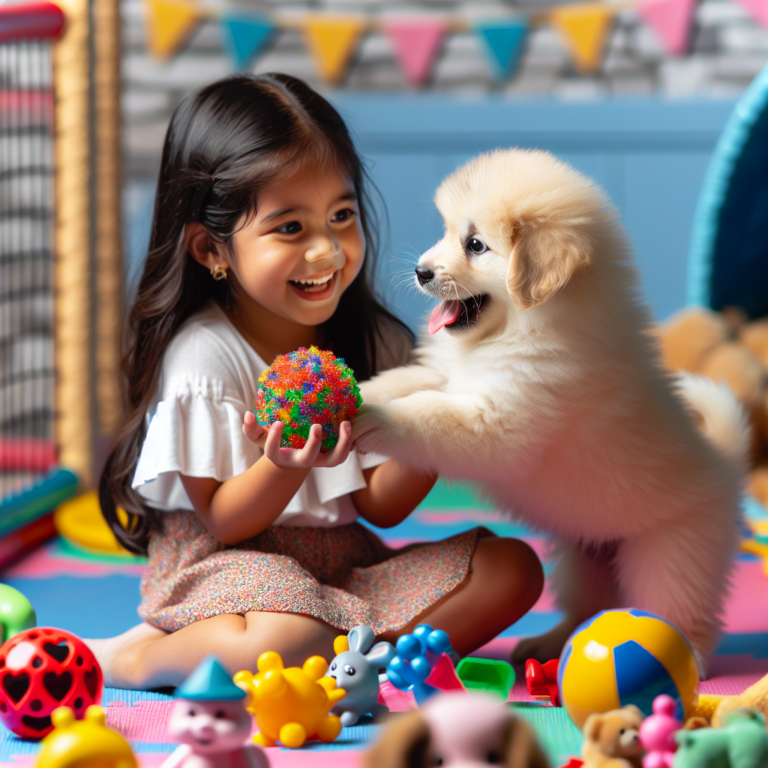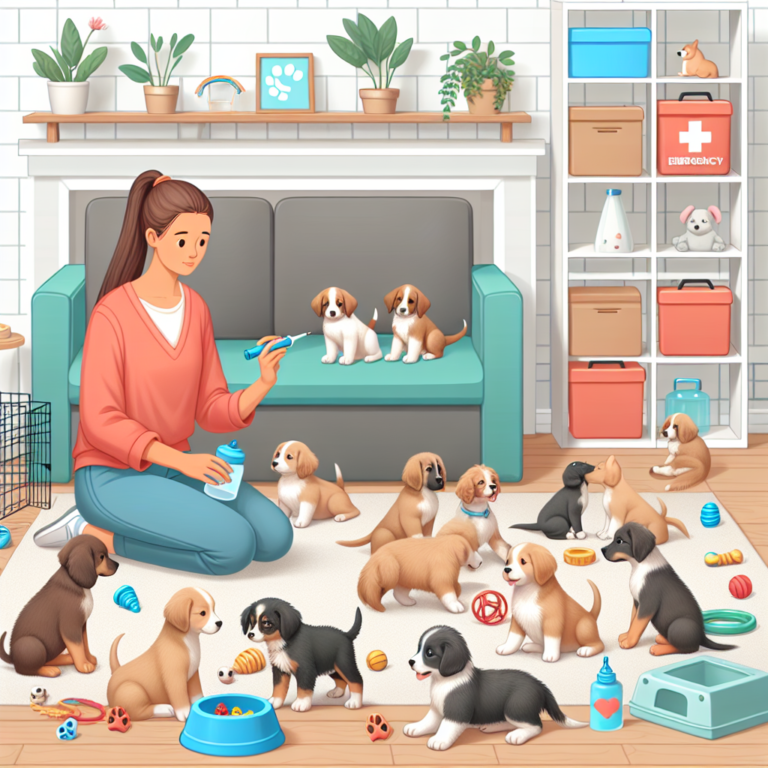Puppies love to play—it’s adorable, fun, and crucial for their growth. But how can you tell if your puppy’s playtime is healthy or if it’s heading into dangerous territory? Let’s break down the signs clearly, using real-life examples and easy tips you can follow.
Why Puppy Play Matters
Puppy play is more than just cute entertainment—it helps puppies grow into well-behaved adult dogs. Playtime teaches them important social skills, how to communicate, and even sets boundaries. As veterinarian and behaviorist Dr. Sophia Yin says, “Proper socialization and play are key to developing a confident, balanced, and well-adjusted dog.”
Good Puppy Play: What Does it Look Like?
Healthy puppy play usually includes:
- Play bows: Puppies lowering their front legs and raising their behind means “let’s play!”
- Gentle biting and mouthing: Puppies naturally use their mouths during play, but bites should be gentle without causing harm.
- Chasing and being chased: Puppies often swap roles, taking turns to chase each other, showing balanced interaction.
- Playful growls and happy barks: Short, playful growls are normal and part of healthy interaction.
- Wagging tails and relaxed body language: Puppies should appear relaxed and joyful, not tense or frightened.
For example, if your puppy and his friend Bella play tug-of-war gently, wagging their tails and trading the toy without aggression, this is great, positive play!
Warning Signs: What Bad Puppy Play Looks Like
Watch out for these behaviors that signal unhealthy puppy play:
- Aggressive biting and snarling: If your puppy bites with force or snarls aggressively, it’s a red flag.
- Bullying or dominating behavior: If one puppy continuously pins another down, ignoring distress signals, intervention is needed.
- Overly excited behavior: Excessive jumping, barking without pauses, or refusing to respond to calming signals might mean your puppy is overstimulated.
- Fearful body language: Tail tucked between legs, avoidance, or hiding indicates discomfort.
For instance, if your puppy constantly chases and pins down smaller puppies, ignoring their signs of discomfort, it’s important to intervene gently but firmly.
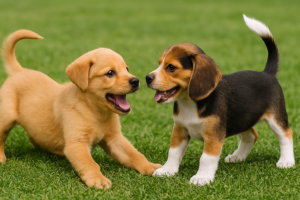
Common Misunderstandings About Puppy Play
Sometimes, puppy play can look rough, but it isn’t always aggressive. Puppies may nip during teething phases. This behavior is natural, but teaching gentle play and redirecting to chew toys can prevent it from becoming problematic. For example, if your puppy lightly nips during excitement but stops quickly when asked, that’s normal teething behavior rather than aggression.
How to Monitor Puppy Play and Intervene Effectively
Always supervise puppy playtime closely. If play gets too rough or a puppy looks stressed, step in calmly. Use commands like “gentle” or “enough,” and offer a distraction, such as a favorite toy. Keeping play sessions short can prevent overstimulation.
For example, if your puppy Max becomes too excited during playdates, calling him away and offering a treat or toy can redirect his attention positively.
Tips for Encouraging Positive Puppy Play
Creating positive play experiences is easier with these tips:
- Choose the right playmates: Match puppies by size, age, and energy levels.
- Attend puppy classes: Socialization groups help your puppy learn proper play behavior from peers and trainers.
- Provide suitable toys: Rope toys, fetch balls, and interactive puzzles encourage healthy interaction and mental stimulation.
For instance, puppy classes help shy puppies, like timid Charlie, gradually become confident by playing safely with others. Long-Term Benefits of Healthy Puppy Play
Puppies that learn healthy play behaviors grow into confident, well-behaved dogs. They’re typically easier to train and adapt well to new environments. Positive playtime today means fewer behavior problems tomorrow!
Conclusion
Understanding the difference between good and bad puppy play helps ensure your furry friend grows up happy, healthy, and socially balanced. With these tips, you’ll be ready to recognize signs early and foster enjoyable play sessions for your puppy. 🐶
Frequently Asked Questions (FAQs)
What if my puppy doesn’t like playing with other dogs?
It’s okay—some puppies need more time. Introduce them slowly and make sure they feel safe, using treats and praise to build their confidence.
How do I know if my puppy is playing too roughly?
If other puppies yelp, seem scared, or hide, gently intervene and redirect your puppy’s energy.
What toys are best for puppy playtime?
Great toys include soft ropes for tug-of-war, small balls for fetch, and puzzle toys to keep their minds engaged.

